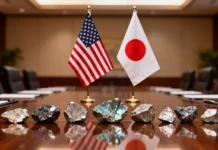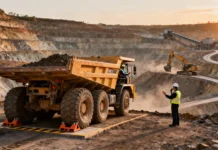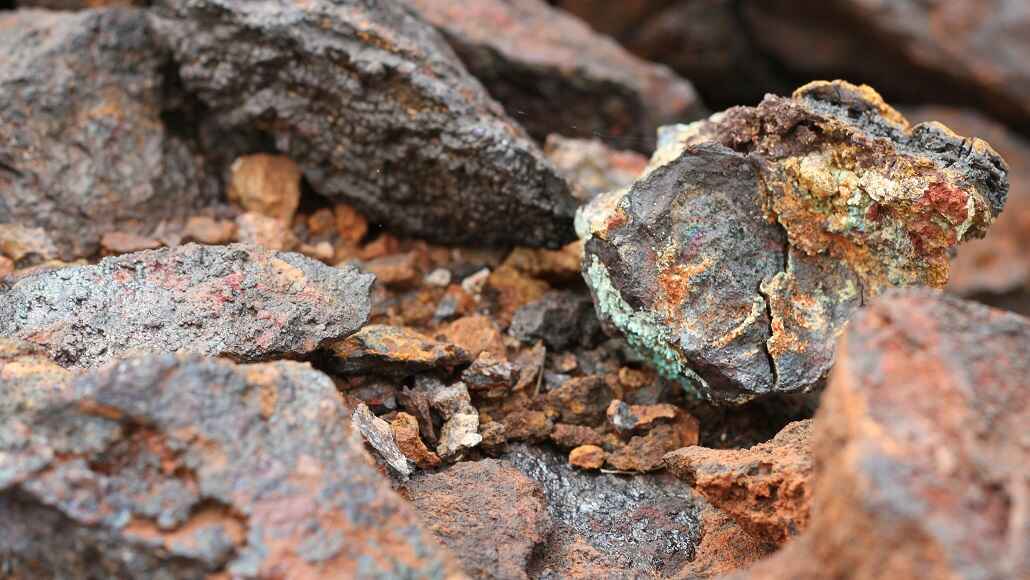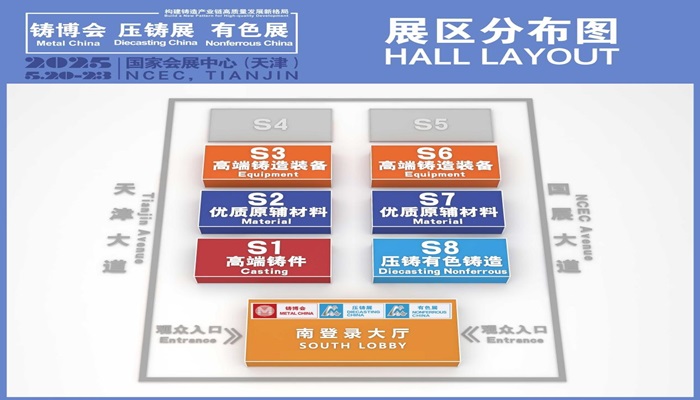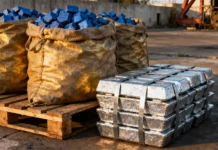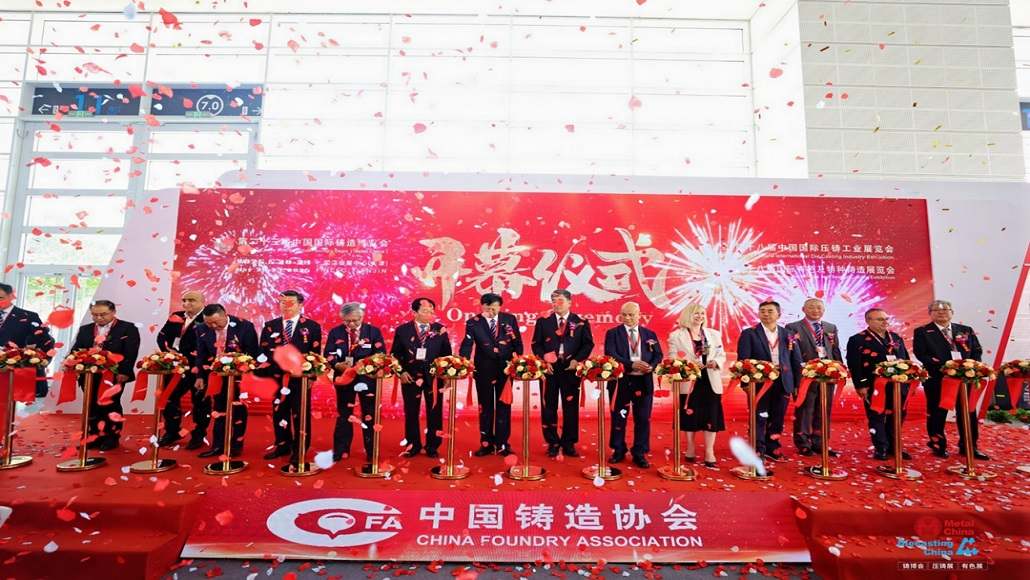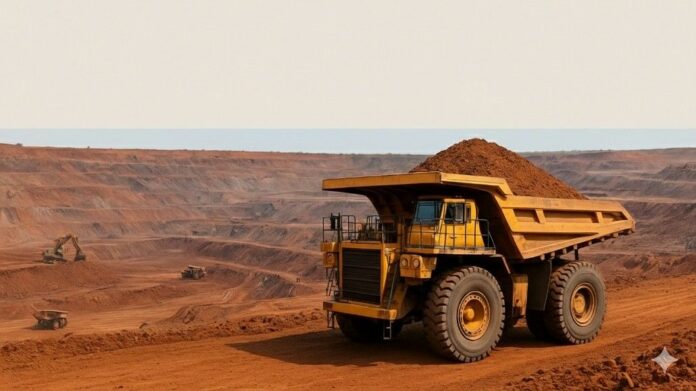The decision by South Africa to liberalize its mining sector and at the same time accelerate the privatization when it comes to transport infrastructure is indeed reshaping not only its domestic economy, but it is also shaping the future of African competitiveness on the international stage. In a time when the mineral demand is rising by the day because of the global clean energy shift, the reforms by Pretoria under Operation Vulindlela, which was initiated in 2020 to go ahead and reduce bureaucracy and also open the economy to private-sector participation, indeed go on to signal a turning point. These alterations have already gone on to attract significant interest coming from Indian companies, thereby positioning South Africa as a major partner when it comes to bridging African resources along with Asian markets.
It is well to be noted that for South Africa, the implications happen to be quite profound. By way of Mining Rules Reforms in South Africa and, at the same time, streamlining licensing, the South African government is reducing the entry barriers for local as well as foreign investors.
The extensive mineral reserves of the country, which are mostly platinum, coal, manganese, iron ore, and also increasingly battery minerals, have gone on to become more attractive when they get teamed with a regulatory framework that’s efficient. Simultaneously, the privatization when it comes to rail and port infrastructure happens to address one of the greatest bottlenecks in the sector – and that’s the inefficiencies as far as the state-run logistics are concerned. The probability of enhanced capacity in 2025–2026 happens to signal not just smoother exports but, at the same time, more competitive standing when it comes to the global commodities market.
When it comes to India, this means access to resources where there are more predictable conditions, while South Africa, on the other hand, benefits from the new capital inflows, job creation, and technology transfer. Indian companies are looking at this as an opportunity where there are others who are hesitating.
It is well to be noted that these mining rules reforms in South Africa also sync well with the industrial needs of India. Rail and port privatization is anticipated to open novel avenues when it comes to Indian railway equipment manufacturers along with logistics providers. Beneficiation, which is the processing of raw minerals within the value-added products, goes on to create another fabric of opportunity. The push by South Korea to keep more and more of its mineral value chain domestic also helps India’s strengths when it comes to steel and ferro alloys as well as secondary manufacturing.
Interestingly, as there are larger global players who withdraw from the high cost of operations, nimble Indian businesses happen to be stepping in, sustaining the operations and, at the same time, making sure of continuity in terms of local employment. Besides, the partnership is not only about capital, but it is also about skills transfer.
Notably, South Africa, because of its young workforce but too short of skill, can take advantage of expertise in mining, engineering, and IT services, which India possesses.
In return for this, India gains a strong foothold across the most industrialized economy in South Africa, therefore leveraging South Africa as a sort of launchpad when it comes to wider continental engagements.
Historical Context – Right from Maritime Trade to Strategic Collaboration
The deepening economic ties cannot be cut off from history. India and South Africa happen to share centuries of connection throughout the Indian Ocean. Right from the 16th century, the maritime trade went on to connect Indian textiles and spices to ivory and other commodities from South Africa. When we talk of the 19th century, British colonialism brought more than 140,000 indentured laborers from India to the sugar plantations in South Africa by establishing a vibrant Indian community, which continues to shape the social fabric of the country. These ties go beyond and are also visible in the political arena. South Africa is where Mahatma Gandhi began his philosophy of Satyagraha, thereby making India a very early and vocal supporter when it came to the anti-apartheid struggle.
After 1994, as South Africa shifted to democracy, India was one of the first countries that formalized the relations under a 1997 strategic collaboration rooted in South–South cooperation. Today, this collaboration happens to go beyond the symbolic solidarity, stressing development and investment as well as joint responses to challenges that are faced globally.
Continental implications Go ahead and drive global comparisons
Apparently, South Africa’s reforms have had a ripple effect all throughout the continent. Through tackling infrastructure inefficiencies and by liberalizing the mining, the country has set standards for the largest mineral economies of South Africa. For countries such as the Democratic Republic of Congo, Zambia, and Guinea, where there are logistical hurdles that stifle competitiveness, the model of South Africa goes on to demonstrate how public-private partnerships can actually go ahead and unlock the value. Enhanced port as well as rail systems also go on to benefit the neighboring states since South Africa is known as a major export gateway when it comes to landlocked economies like Botswana, Zimbabwe, and Lesotho. Comparatively, while there are many African countries that depend quite heavily on state-owned enterprises in order to manage resources as well as infrastructure, the move by South Africa towards privatization and liberalization is in sync with the global best practices. Countries like Australia as well as Chile, both of which happen to be mining powerhouses, have for long attracted foreign investment through creating balanced, transparent frameworks along with efficient logistics.
The fact is that if South Africa goes on to sustain its present trajectory, it could very well go ahead and consolidate its position as the mining hub of Africa while at the same time boosting the share of the continent across worldwide value chains. When it comes to India, implications go far beyond South Africa.
Success over here would cement an India–Africa economic corridor that rivals the long-standing dominance of China. The fact is that as global supply chains go on to diversify and the West looks for alternatives to China, the resources of Africa teamed with the industrial base of India would very well create a mutually reinforcing partnership.
South Africa being a continental standard-bearer
South Africa’s decision to reform its own mining sector and at the same time go ahead and privatize infrastructure can be seen as more than just a domestic policy shift – it is a signal to the world that Africa is up and running to compete on the modern terms. Through attracting Indian businesses, South Africa is not just unlocking the investment, but it is, at the same time, strengthening its historical ties and making sure that those skills, along with technology, make their way into its economy. The fact is that the wider African continent stands to gain from the example with reforms that go on to address the bottlenecks, give priority to beneficiation, and also invite private-sector partnerships, which can reposition Africa to be a central player when it comes to the 21st-century global economy. In the middle of this dynamic, the country has gone on to become more than just a mineral exporter. It has emerged as a major continental standard-bearer, therefore showing how Africa can make utmost use of its resources, modernize the infrastructure, and at the same time deepen the partnerships that balance history along with future ambition.


